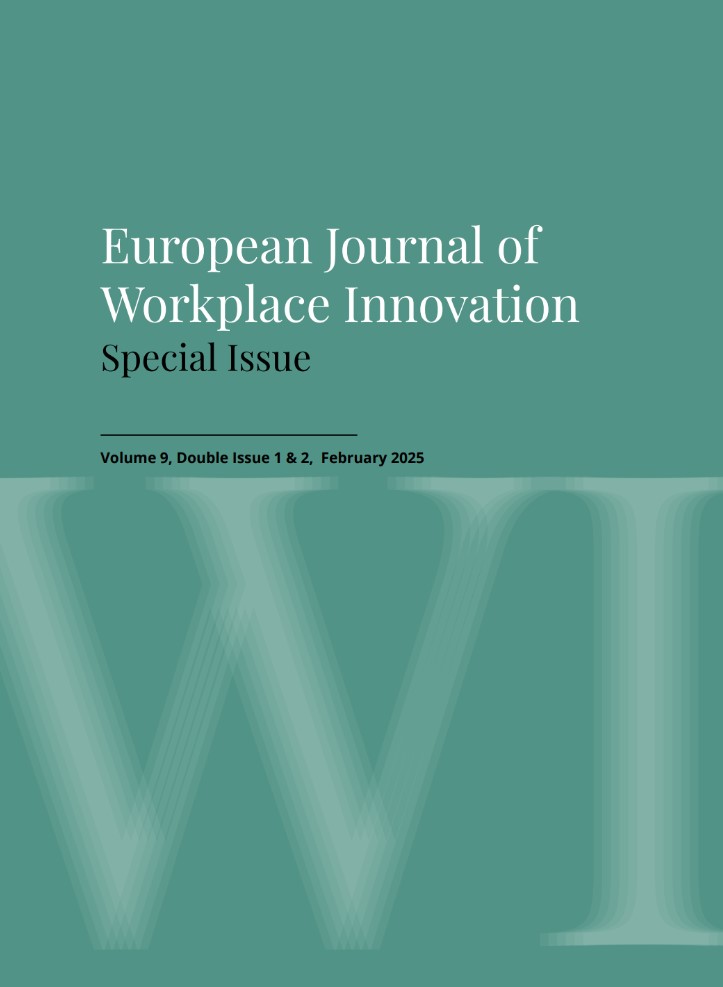Learning from the New Deal for a Green Transformation
The importance of trade unions
Abstract
The U.S. New Deal under President Roosevelt has become a broadly shared historical point of reference for a ‘Green New Deal’ of the 2020s. In fact, given the enormous, albeit very different, challenges faced by these two massive reform projects, it is worth taking a closer look not only or primarily at what was done in the 1930s, but above all at how it was put into practice. The present article highlights some of the policy lessons to be learnt by the New Deal of the 1930s for the political and societal process that is necessary to drive forward a “Green and Just Transition” today — in particular regarding the socio-ecological transformation of industry and the importance of trade unions in this process by the example of Germany.
Key words:
New Deal, Green and Just Transition, socio-ecological transformation, trade unions
Authors who publish with this journal agree to the following terms:
- Authors retain copyright and grant the journal right of first publication with the work simultaneously licensed under a Creative Commons Attribution License that allows others to share the work with an acknowledgement of the work's authorship and initial publication in this journal.
- Authors are able to enter into separate, additional contractual arrangements for the non-exclusive distribution of the journal's published version of the work (e.g., post it to an institutional repository or publish it in a book), with an acknowledgement of its initial publication in this journal.
- Authors are permitted and encouraged to post their work online (e.g., in institutional repositories or on their website) prior to and during the submission process, as it can lead to productive exchanges, as well as earlier and greater citation of published work (See The Effect of Open Access).

